Bugs are bird food!
If you love birds, if you want birds in your yard, and if you would love to see birds nesting nearby, then you must learn to love bugs (using this term for insects, beetles, spiders, butterflies, moths, caterpillars, and other crawlers and flyers).
Yes, lots of birds love to eat the sunflower seeds and suet you put in your feeders. And they probably gobble up your berries and other fruits and veggies you may grow in your yard. But take a closer look at the birds as they forage the bugs in nature. You might see wrens, titmice and chickadees robbing the spiderwebs, eating both the spiders and the insects caught in the web. You might observe gnatcatchers, flycatchers, vireos, finches, cardinals, and tanagers snatching butterflies out of the air. Watch the robins, thrushes, thrashers, and towhees scratching and grabbing beetles, ants, and grubs from the ground. See woodpeckers and nuthatches crawl limb to limb pecking for a snack. Look up and see swifts, swallows, and martins nabbing insects on the fly. We must learn to coexist with creepy crawlies if we want to support the existence of the birds we love.
A few things you should do (and more importantly, not do):
Pictured: phoebe with dragonfly, Carolina wren with katydid, white-eyed vireo with grasshopper

















